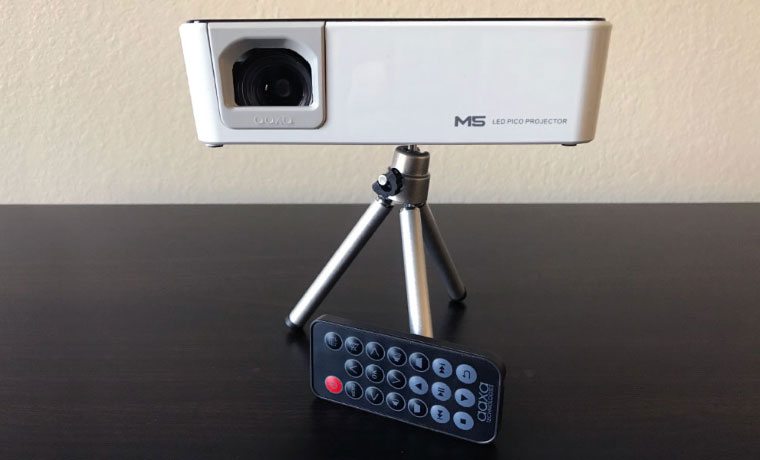While pico and pocket projectors are primarily used for home entertainment purposes, they do have their place in business environments. Their portable nature, coupled with a few key features, makes them useful for presentations – especially those done in tight, “huddle” spaces, or for “road warriors” who do multiple presentations in a day, taking them on the road. On this page, I will discuss the qualities that make pico and pocket projectors suitable for business applications, and mention those projectors included in this report that have these qualities.
- 2018 Best Pico and Pocket Projectors Report
- Best in Class – Pico Projector: AAXA P300 Neo
- Best in Class – Under $500 Projector: Optoma ML750
- Best in Class – Over $500: AAXA M6
- Best in Class – Pocket Gaming Projector: Acer K138ST
- Best in Class – Smartest Pocket Projector: LG MiniBeam PF1000U
- Pico and Pocket Projectors for Business Purposes
- 2018 Best Pico and Pocket Projectors Report – Winners Charts
- 2018 Best Pico and Pocket Projectors Report – Non-Winners


